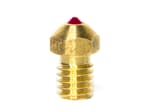Tipped with Stones
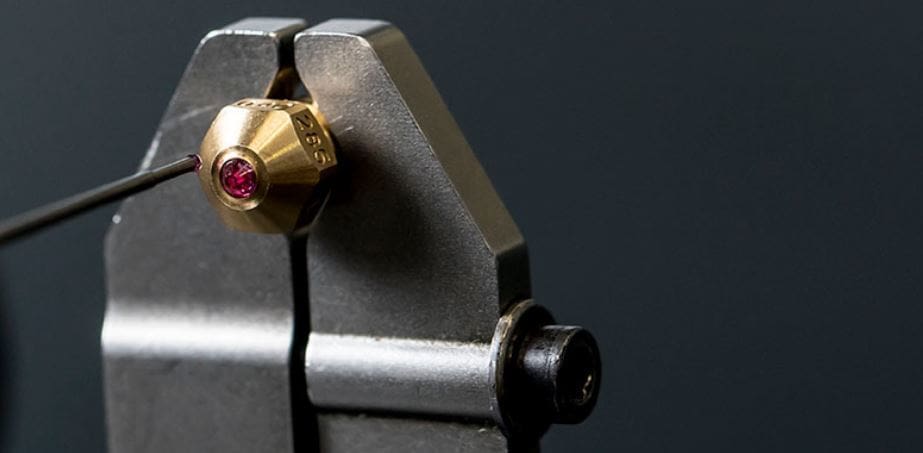
Nozzles are a necessary element for FDM 3D printers. They’re a small, usually screw-on, piece of thermally-conductive metal with a measured opening on the tip. During printing, filament is pushed through the hot end, flowing into the nozzle and out onto the build surface.
Nozzles come in many different variations, including material, diameter, shape, and screw size. The most common nozzle is a 0.4-mm diameter brass nozzle, but steel – both stainless and hardened – is another popular material choice. Brass is the cheaper of the two materials, but both are limited in the type of filaments they can print because abrasive materials can cause them to degrade.
If you want to print highly-abrasive filaments like carbon fiber, glass-infused materials, or metal-filled filaments, you’ll need a nozzle durable enough to handle the materials. Enter ruby nozzles! They’re a special, rarer type of nozzle with a robust tip made of ruby, a hard gemstone material. Ruby nozzles are super durable, even after long periods of printing time, so you most likely won’t have to replace your nozzle as often as other types of nozzles.
Several companies have been known to make ruby nozzles, but 3DVerkstan is perhaps the best known. Their flagship product, the Olsson Ruby, was invented in 2016 by Anders Olsson. Since then, they’ve also introduced a high-temperature version. As you can imagine, ruby nozzles are significantly more expensive than brass and steel nozzles. The Olsson Ruby goes for around $100 (for 1), but it’s said to last forever.
In this article, we’ll discuss Olsson Ruby’s specs and features. We’ll also compare it to a few other types of nozzles to show the difference between ruby and other materials.
Features
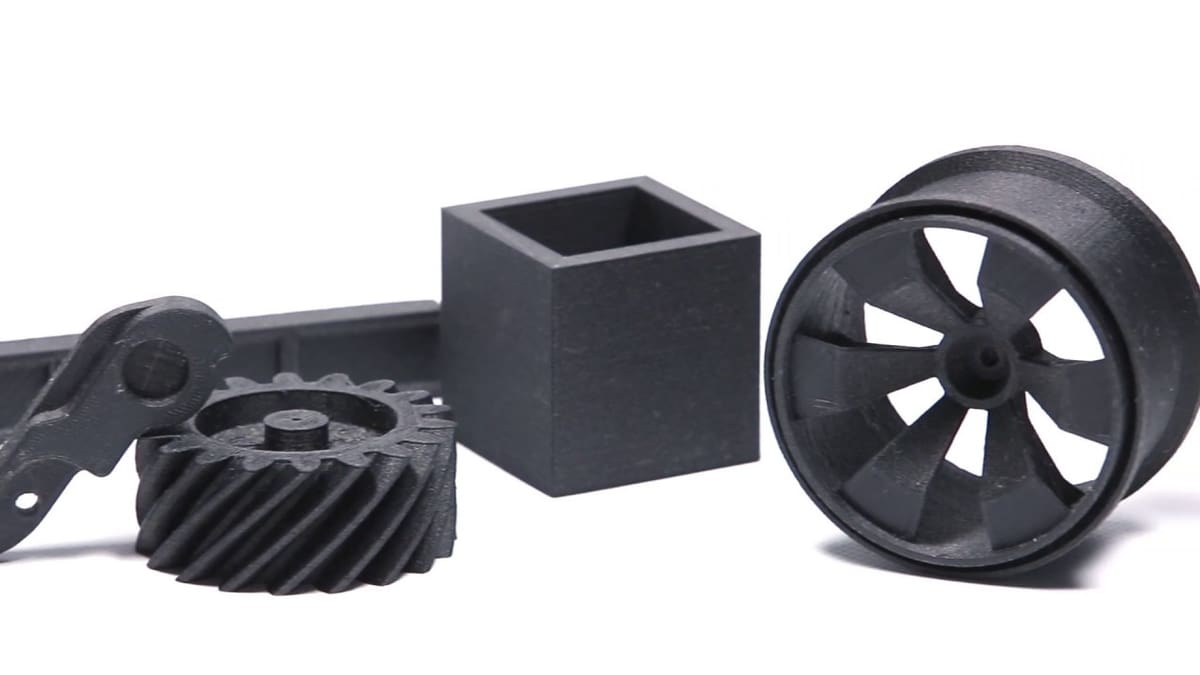
At first glance, the Olsson Ruby might seem like most other nozzles in terms of shape, but its material structure is unique. While most nozzles are made of one material (e.g. all brass) or are plated with different materials, the Olsson Ruby has a brass base with a ruby (aluminum oxide) tip attached to the bottom. This combination allows for a number of distinct qualities and features.
Minimal Abrasion
The Olsson Ruby was designed to minimize nozzle degradation due to printing abrasive materials. Certain filaments, such as carbon fiber or glass-infused filaments, tend to abrade nozzles faster than other materials like PLA or ABS. Therefore, certain nozzle types, especially the standard brass nozzle, aren’t recommended for printing abrasive materials.
The ruby tip on the Olsson Ruby, however, is extremely abrasion-resistant and durable, allowing you to print virtually any 3D printing material you want, as long as the nozzle can heat up to the necessary temperatures. Because of the abrasion resistance, the nozzle lasts longer and can handle a wider range of filament from PLA to even boron carbide (ceramic-like filament).
Thermal Conductivity
Given its material composition, the Olsson Ruby retains the thermal conductivity of standard brass nozzles. Thermally-conductive materials are preferred for nozzles, as the flow of heat from the heater block to the nozzle is essential for FDM 3D printing. For this reason, brass and steel nozzles are super popular, as they are inexpensive and have great thermal conductivity.
The challenge in designing a ruby nozzle is preserving the conductivity of brass or steel but without their limitations. The solution: to make only the tip of the nozzle ruby and, for the sake of conductivity, use brass for the rest of the component. The Olsson Ruby’s brass base screws into the heater block, which conducts heat towards its ruby tip.
Strength
Due to its material properties, the Olsson Ruby’s tip is extremely durable and can withstand a lot of physical stress. The connection between the gemstone tip and brass base is tightly sealed, ensuring that the components don’t separate under any physical pressure.
3DVerkstan also attributes the strength of the Olsson Ruby to their material sourcing and manufacturing conditions. They source materials from high-quality manufacturers worldwide, and the nozzles are manufactured in Sweden using precise machinery.
The Bottom Line
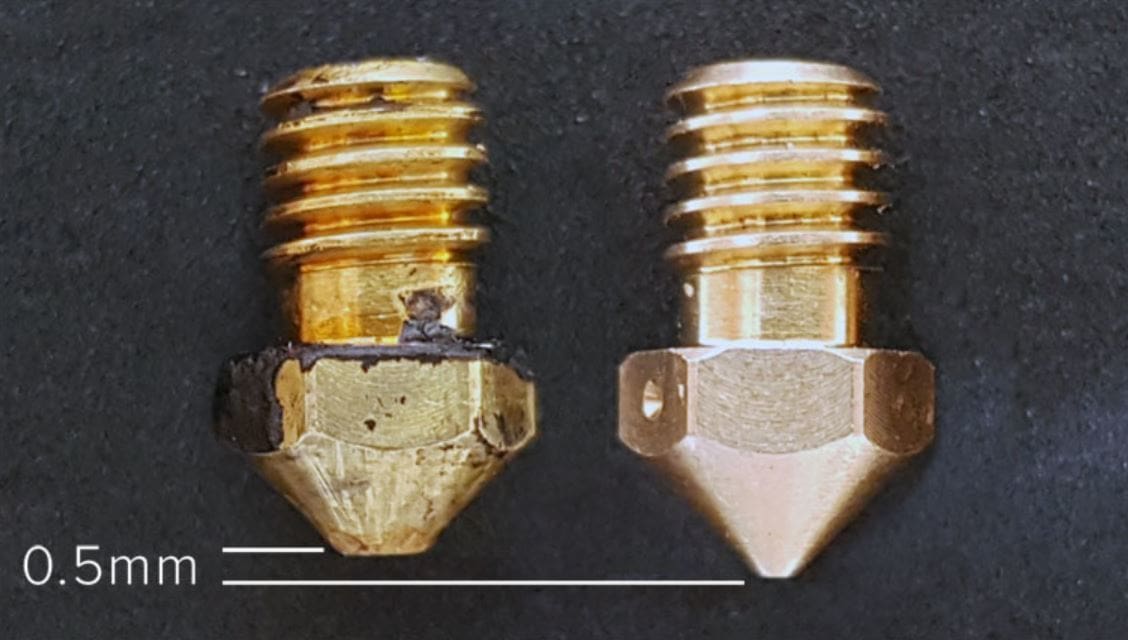
Now that you know the basics and features of ruby nozzles, let’s compare them to other types of nozzles!
Brass is the PLA of 3D printer nozzles: It’s the most popular material. This is primarily because brass is a great thermal conductor and super cheap. You can find brass nozzles for under 50 cents apiece. Although they’re popular, they vary in quality based on the manufacturer and have to be replaced occasionally, especially the lower quality ones.
If used for too long or to print more abrasive materials, brass nozzles can dimensionally deform significantly, as seen in the image above. Deformations like this can cause both partial and full nozzle clogs and might even affect bed leveling. In contrast, ruby nozzles shouldn’t ever deform. And though they’re more expensive, their longevity could outweigh the cost, as you’ll probably only ever need one ruby nozzle.
Steel nozzles are generally considered better and more durable than brass nozzles, but they, too, have their issues. This type of nozzle costs a bit more than brass nozzles, ranging from a few dollars to around $25 per nozzle. They’re made of either stainless or hardened steel. While steel isn’t a terrible conductor, it’s less conductive than brass. Even steel nozzles, however, are noticeably weaker than ruby nozzles. They’re also less conductive than the Olsson Ruby because of Olsson Ruby’s brass base.
Comparison Test
In order to demonstrate the differences between the Olsson Ruby and other types of nozzles, 3DVerkstan ran a comparison test. In the test, they used each type of nozzle to print an abrasive material and recorded how long the nozzle could last without any noticeable deformations. The results are revealing:
- Brass: The brass nozzle could print 0.3 kg of carbon fiber filament before significant and noticeable abrasion and wear. As seen in the image above, the brass nozzle lost 0.5 mm in height due to deformations.
- Stainless steel: After printing 1 kg of carbon fiber filament, the stainless steel nozzle had noticeable abrasion and deformations. The steel nozzle also had a 0.5-mm reduction in height due to the abrasion.
- Olsson Ruby: The Olsson Ruby printed 8 kg of carbon fiber filament without any visible signs of wear and tear. To take it one step further, 3DVerkstan put the tested ruby nozzle under a microscope and still didn’t find any alterations to the nozzle.
Overall, ruby nozzles are superior to brass and steel nozzles when it comes to durability and the range of printable materials. With regard to conductivity, the Olsson Ruby succeeds in thermal conductivity given its brass base, making it just as conductive as brass nozzles and more so than steel ones.
Specifications
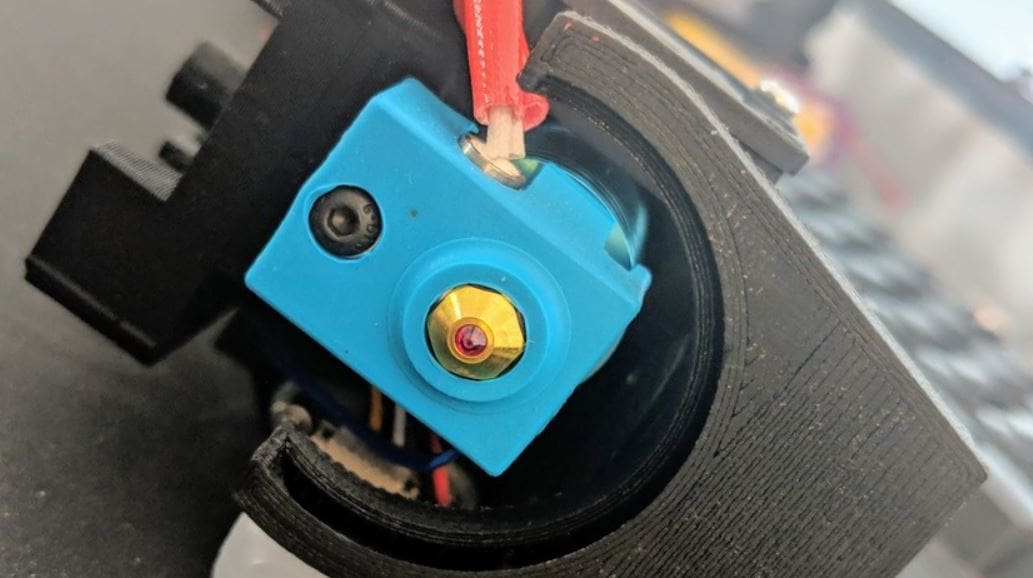
Below are the specs of the standard Olsson Ruby:
- Material: Aluminum oxide (ruby) tip, brass base
- Maximum temperature: 300 °C
- Filament options: PLA, ABS, nylon, flexible (TPU), composites (carbon fiber, glass-fill, boron carbide, among others)
- Available nozzle diameters: 0.4 mm, 0.6 mm, 0.8 mm
- Available filament sizes: 1.75 mm, 3 mm
- Thread: M6 thread; compatible with MK8 hot ends
- Thread shaft: 5.5 mm
Where to Buy
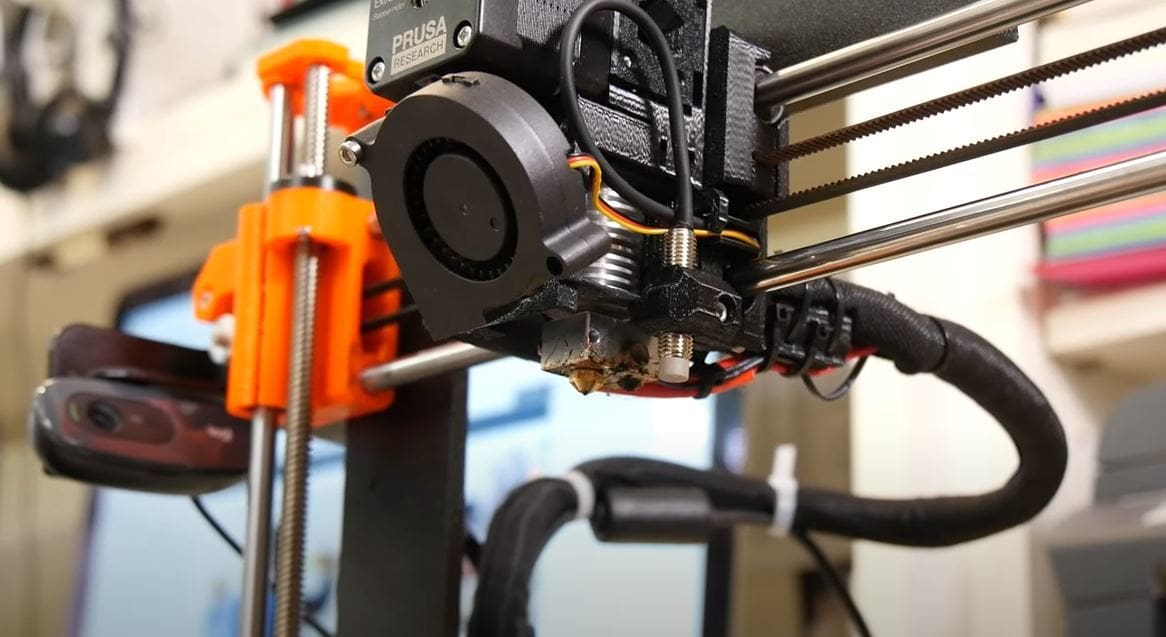
You can purchase the Olsson Ruby at one of these online retailers:
Lead image source: Shop3D
License: The text of "Olsson Ruby Nozzle: Review the Specs" by All3DP is licensed under a Creative Commons Attribution 4.0 International License.
CERTAIN CONTENT THAT APPEARS ON THIS SITE COMES FROM AMAZON. THIS CONTENT IS PROVIDED ‘AS IS’ AND IS SUBJECT TO CHANGE OR REMOVAL AT ANY TIME.
